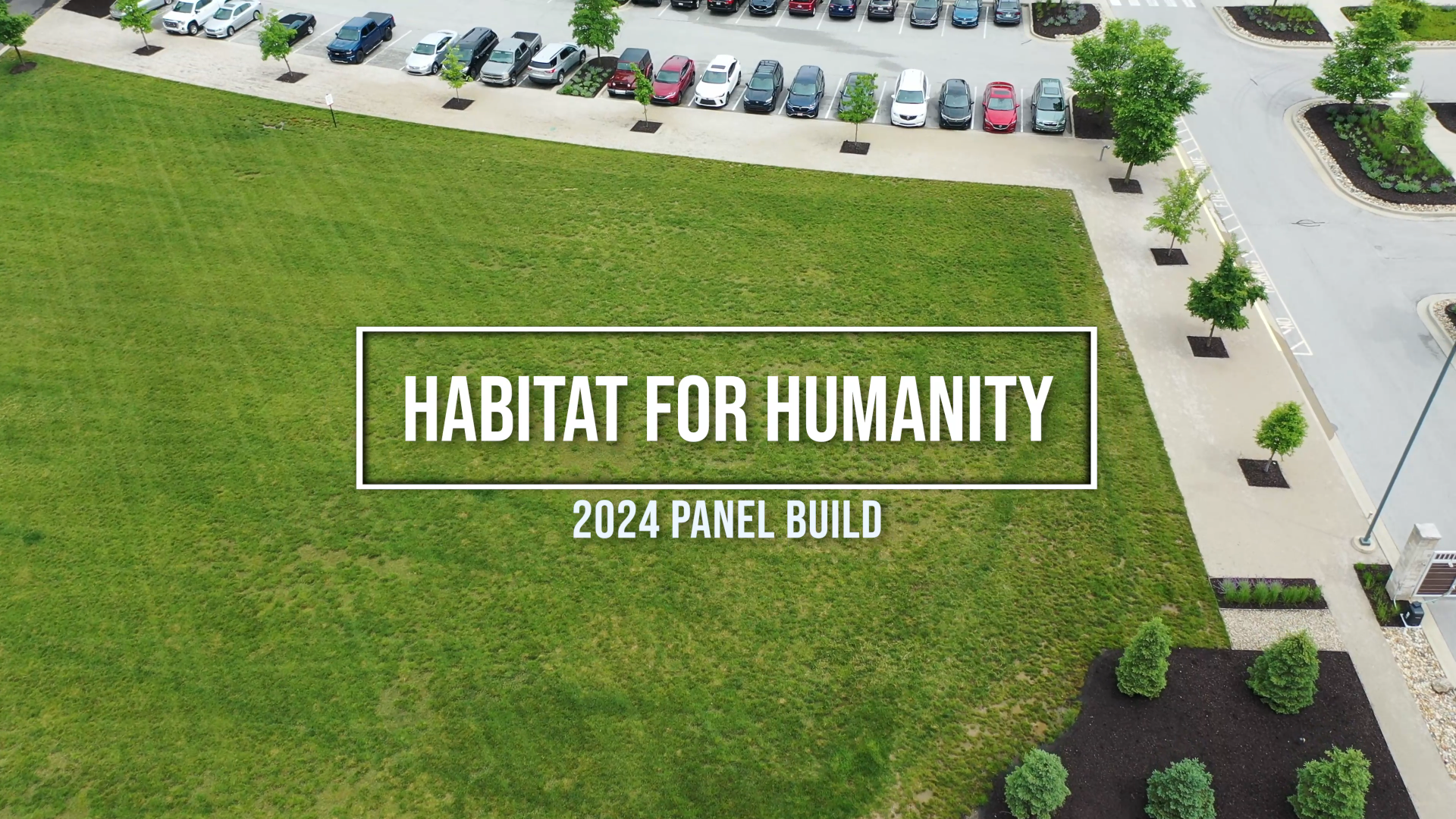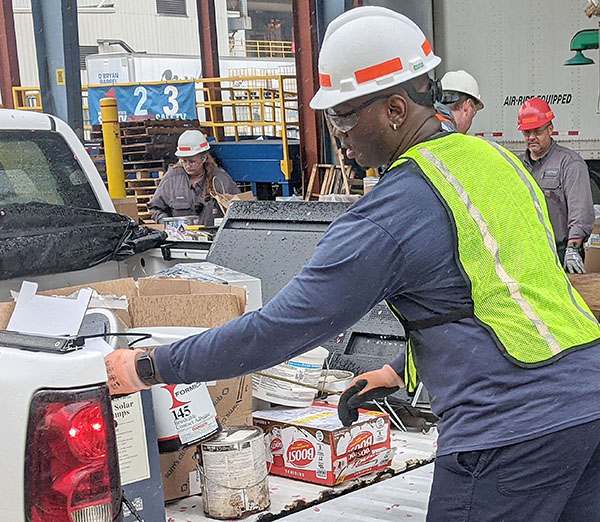
We’ve been talking a bit about solid wastes recently. You may recall us mentioning that there are three categories for recycled materials, each with its own regulatory definition. Today we are going to look a little closer into what those three types are. When it comes to disposing of solid wastes via recycling the EPA currently regulates the three separate ways; use constituting disposal, burning waste fuels, and reclamation. The first step you have to go through when recycling a solid waste is to determine what kind of material you are dealing with.
Once you’ve determined what type of secondary material you are working with (spent material, sludge, or scrap metal, etc.) the way in which it is recycled will be the determining factor in whether or not the material is a solid waste and, as such, potentially regulated as a hazardous waste. There is a fourth type of recycling called direct use/reuse which is not regulated under RCRA. But let’s look at the RCRA regulated recycling options before we talk about that.
Use Constituting Disposal
According to §261.2, when wastes or products containing wastes are placed directly on the land it is considered to be use constituting disposal. That said, if direct placement of a Commercial Chemical Product on the land is consistent with its typical use, like pesticides, then the material is not regulated as a solid waste. A good example is heptachlor which can potentially be a P-listed waste. When it is used as a pesticide though, it is not regulated as a solid waste.
Burning Waste Fuels
“Burning hazardous waste for energy recovery and using waste to produce a fuel are both covered under burning waste fuels (§261.2). CCPs that are themselves fuels are not considered solid wastes when burned, however, since burning is consistent with the product’s intended use. For example, off-specification jet fuel is not a solid waste when it is burned for energy recovery because it is itself a fuel.”
Reclamation
We’ve talked about reclamation before but never in much detail. According to the EPA, “reclamation is the regeneration of wastes or recovery of usable materials from wastes (e.g., regenerating spent solvents in a solvent still). Wastes are regenerated when they are processed to remove contaminants in a way that restores them to their usable condition.”
Use/Reuse
Direct reuse of a secondary material, with no reclamation involved beforehand, is the last form of recycling we’re going to discuss. 40 CFR §261.2 provides exclusions from the definition of solid waste for those materials which are reused in one of the following three ways:
Use as an Ingredient
If a secondary material is directly used as an ingredient in a production process without first being reclaimed…then that material is not a solid waste.
Used as a Product Substitute
If a secondary material is used as an effective substitute for a commercial product without first being reclaimed…it is exempt from the definition of solid waste.
Returned to the Production Process
When a material is returned to the original production process from which it was generated, it is not a solid waste. This exclusion only applies if the material is used as a raw material or feedstock in the production process and if it is not reclaimed prior to its reintroduction into the system. The material does not have to be returned to the exact unit, but may be returned to any unit associated with the production of a particular product.
All information for this blog post was gathered from the EPA Document, Definition of Solid Waste and Hazardous Waste Recycling. As always, this blog post is not intended to be comprehensive and it is always best to check with the EPA and local government for full rules and regulations.
More News From Heritage
-
6/27/24
Heritage Environmental Services to Acquire EBV from General Dynamics
Heritage Environmental Servicess, an EQT Infrastructure portfolio company, will acquire EBV from General Dynamics
-
6/13/24
Meet The Facilities – East Liverpool
An inside look at our incineration facility located in East Liverpool, OH
-
5/24/24
Habitat for Humanity 2024
Heritage hosted our 14th annual Habitat for Humanity build this month, partnering with over 50 employees from various THG companies.
-
5/6/24
Date set for the household hazardous waste collection in East Liverpool, Ohio
-
3/12/24
Equal Pay Day – Spotlighting Our Female Drivers
-
3/8/24
International Women’s Week Spotlight – Shannon Dippel
For International Women's Week, we're spotlighting some of the incredible women in the Heritage family. Our final spotlight is Shannon Dippel.
-
3/8/24
International Women’s Week Spotlight – Susan Adams
For International Women's Week, we're spotlighting some of the incredible women in the Heritage family. Our sixth spotlight is Susan Adams.
-
3/7/24
International Women’s Week Spotlight – Lea Wilson
For International Women's Week, we're spotlighting some of the incredible women in the Heritage family. Our fifth spotlight is Lea Wilson








